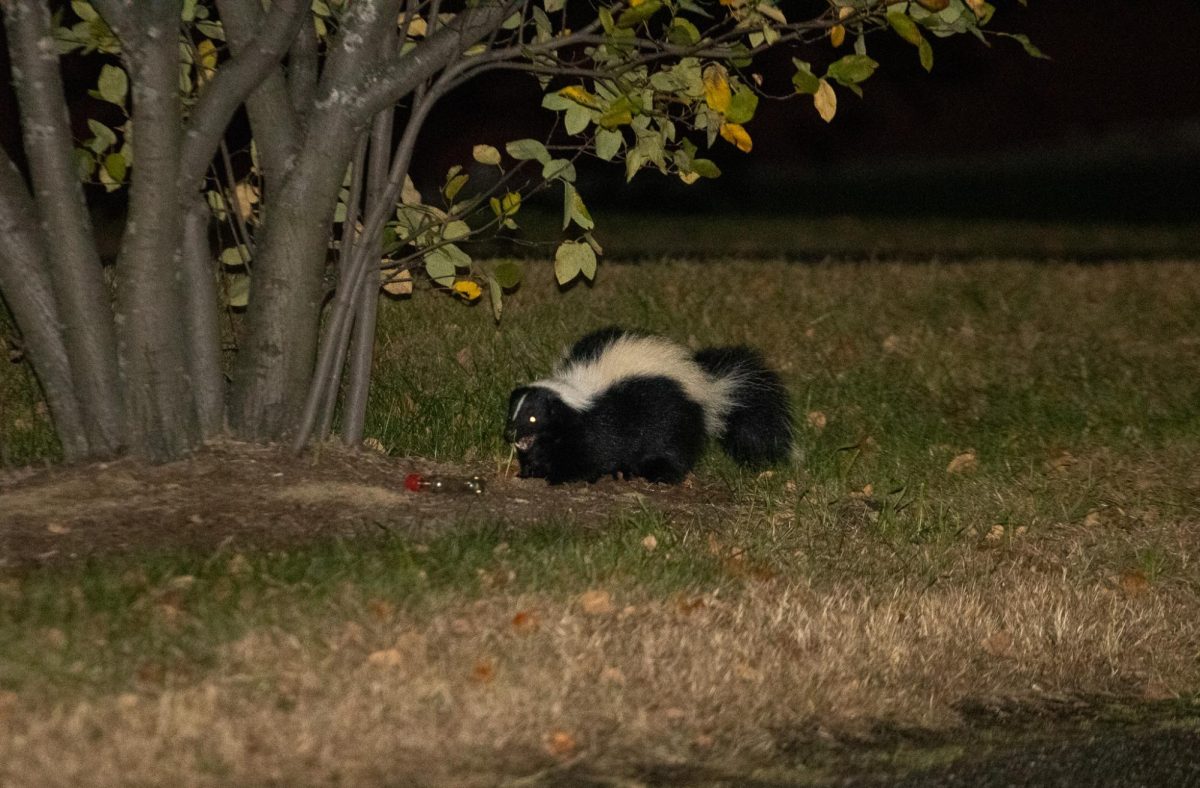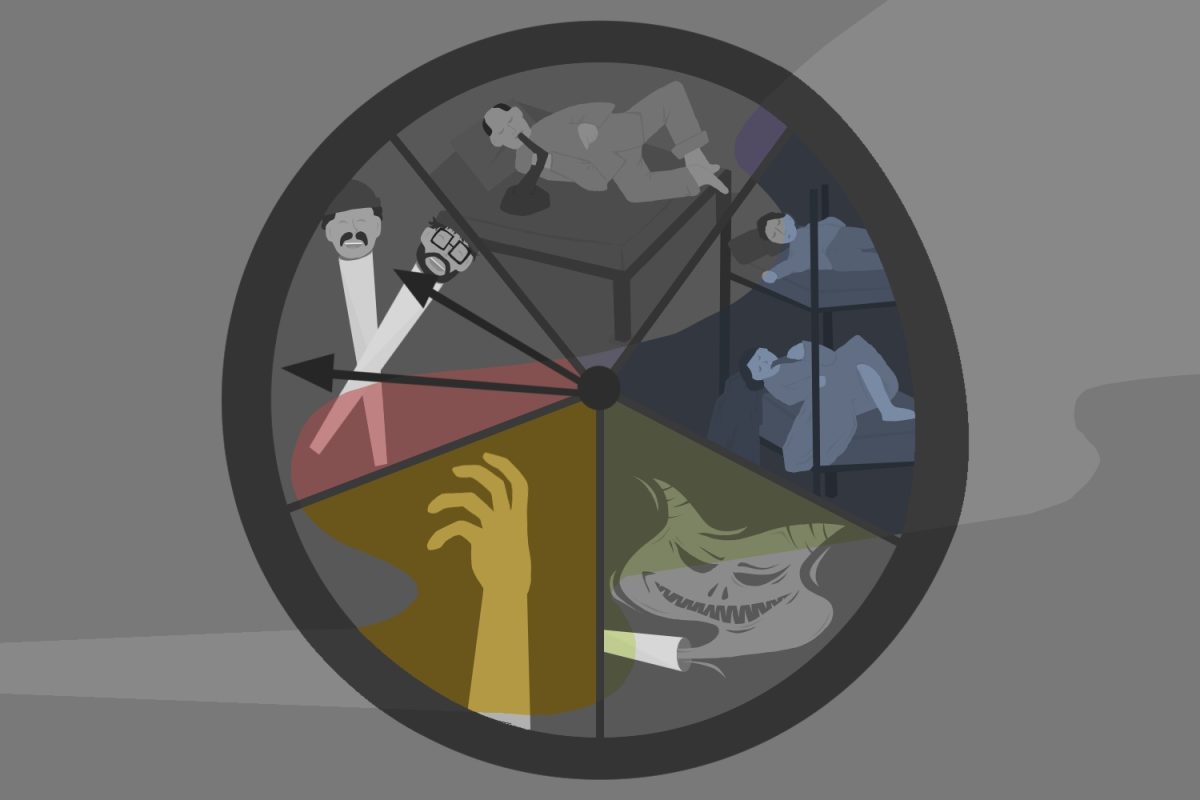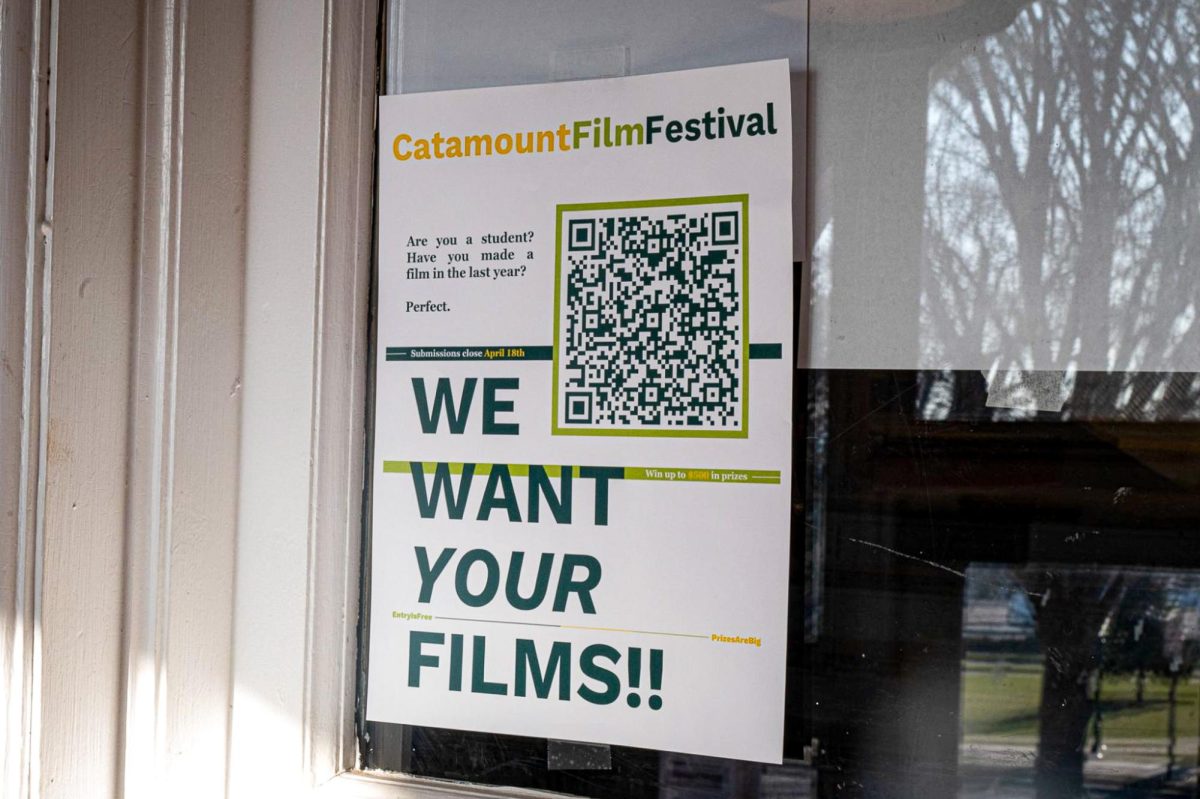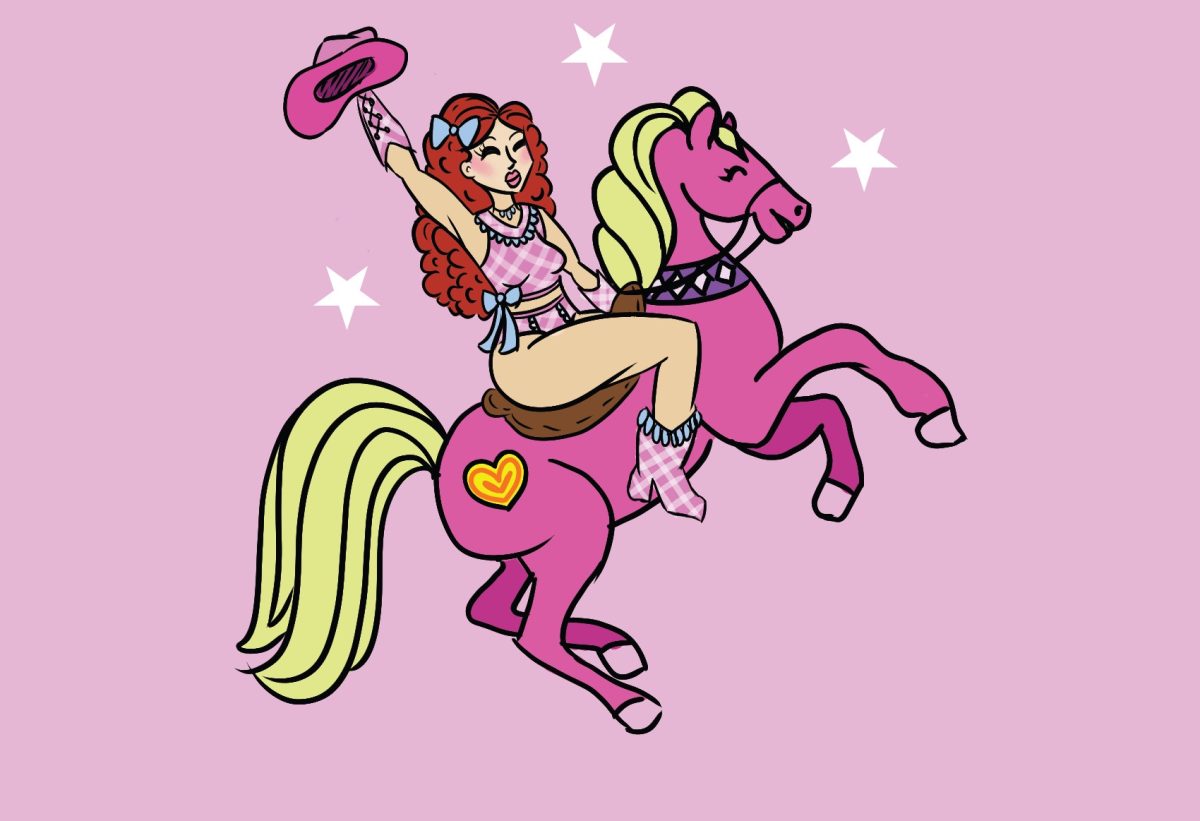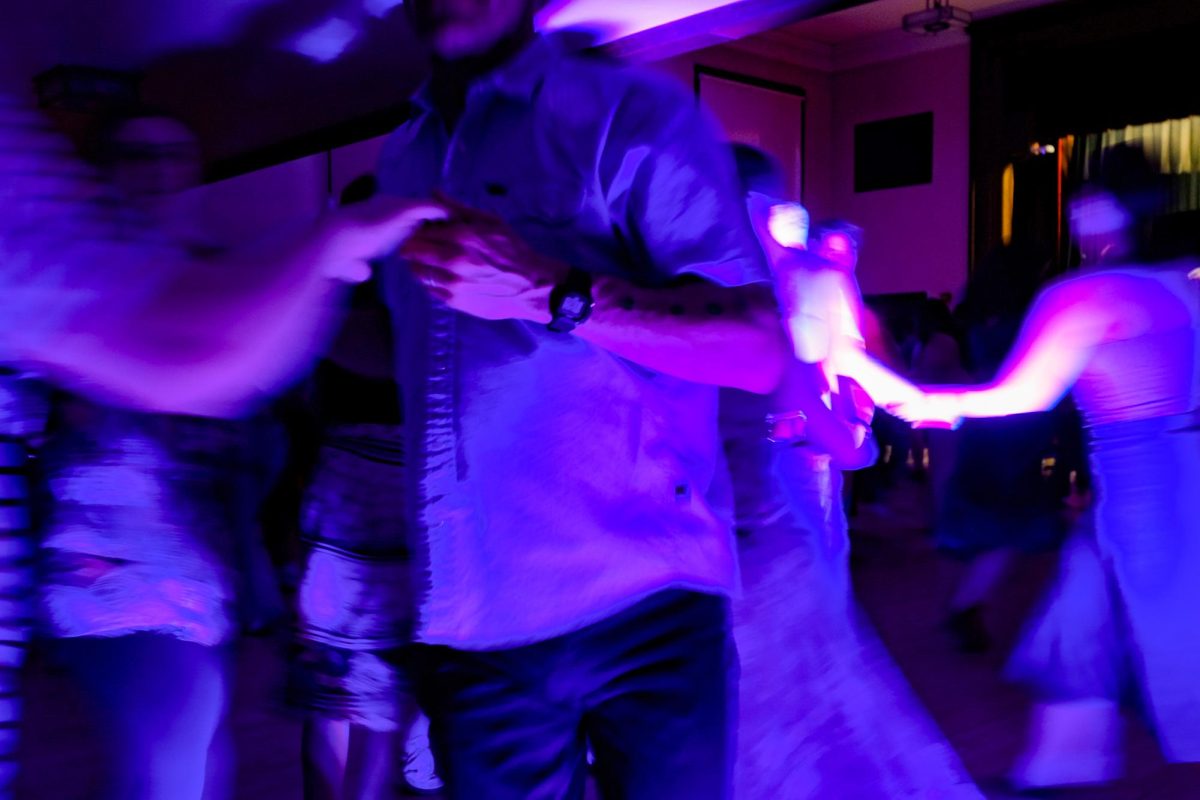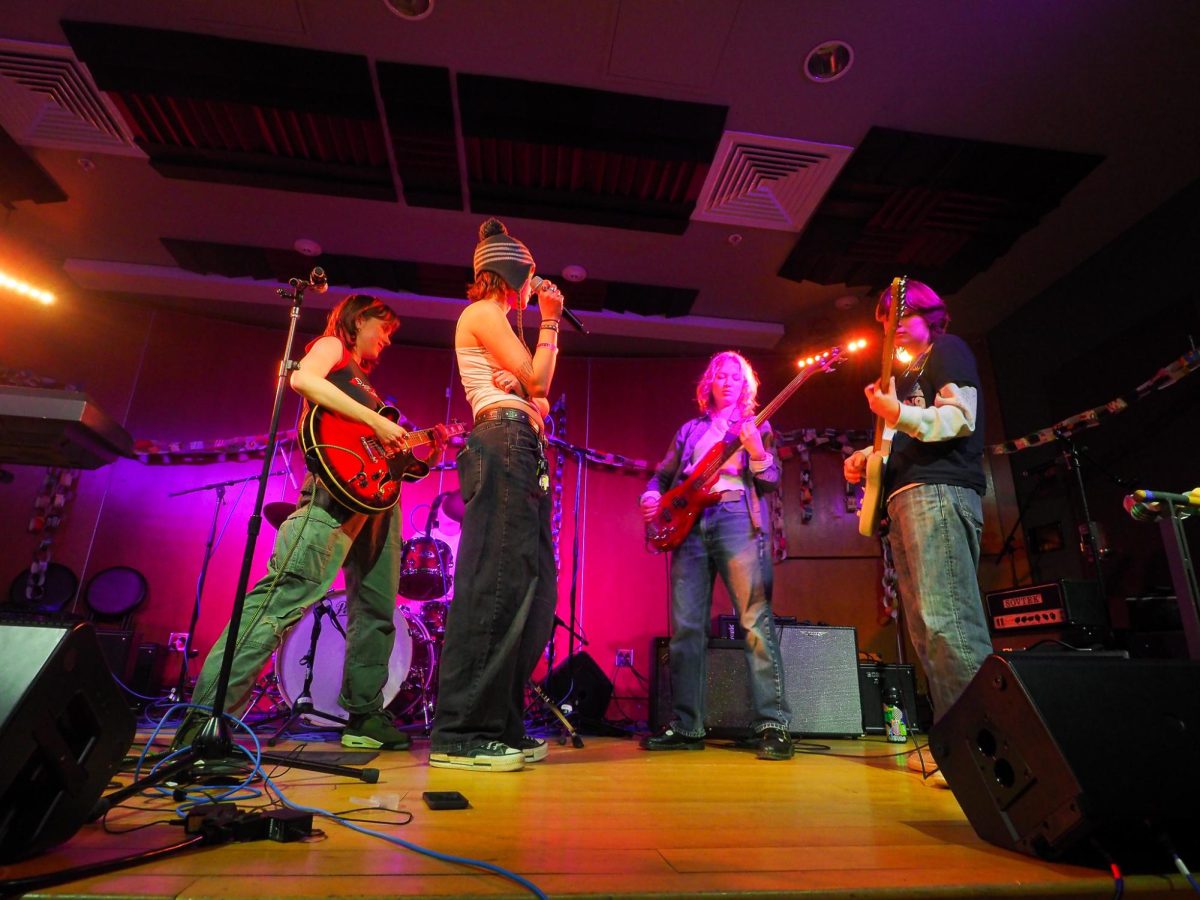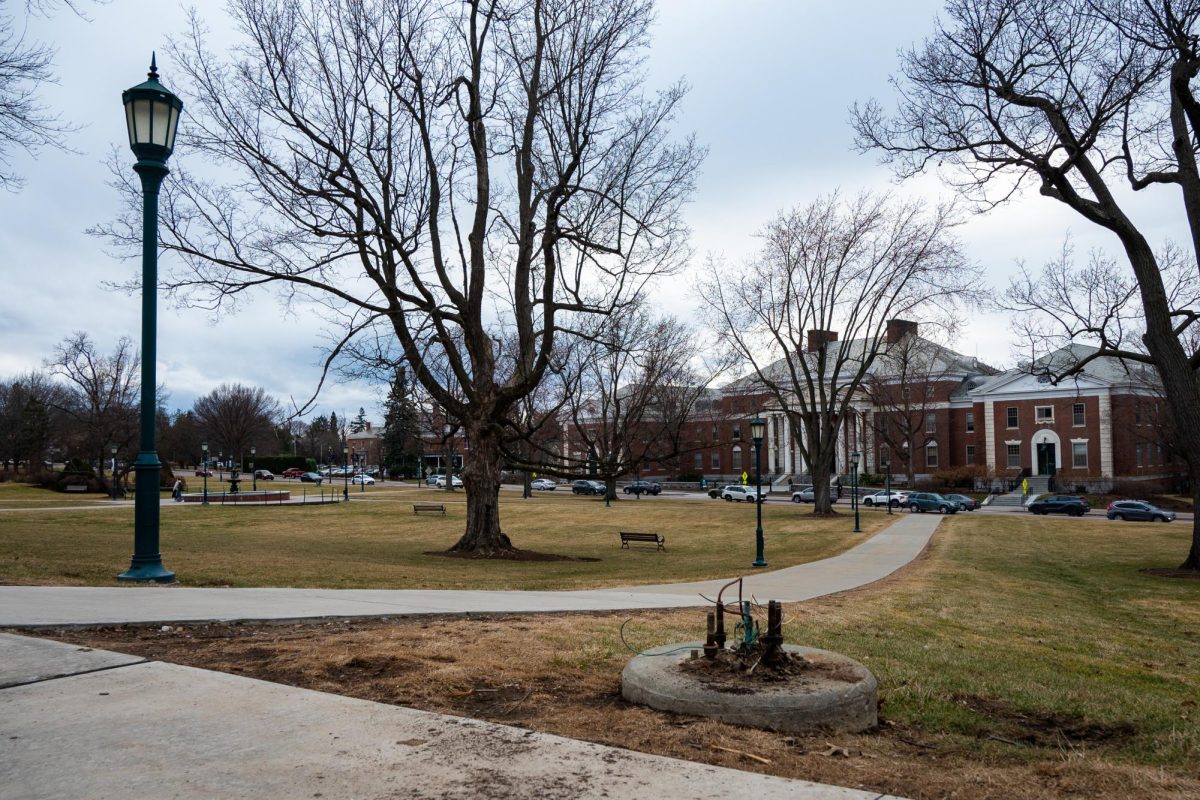Most UVM students are no strangers to the earthy, musky scent that occasionally wafts into their rooms. However, sometimes that odor has a different source: skunks.
While it is hard to pinpoint exactly where they came from, the critters were likely attracted to campus by the availability of food. Skunks are opportunistic feeders, so each dumpster on campus provides a never-ending food source.
The proximity of the skunks to residence halls has resulted in many interactions between the creatures and students. These new residents have reportedly been seen on all four residential campuses, with other accounts coming from off-campus students as well.
Junior Jimmy Swarce explained his late-night interaction with a skunk off campus.
“I was walking home in the rain after failing an exam,” he said. “I saw what I thought was a little tuxedo cat coming to brighten my night. It was a skunk. Just as cute but significantly less cuddly.”
Junior Sydney Dawson spoke about her more ominous interaction with the skunks.
“[I] was walking home from work around 1 a.m. and ran into a skunk on the sidewalk going the other way,” she said. “We just stared at each other for actually 10 minutes, like the story of two kings on a path refusing to give way to the other. Eventually, he sneezed really hard and waddled past.”
Due to their general ignorance of human activity, the skunks seem to keep their distance.
According to the Humane Society of the United States, skunks tend to spray only when they or their young are threatened and have no escape. Even in these scenarios, the skunk will give warning signs such as stamping their front feet, raising their tails and hissing.
If spraying does occur, it is recommended to use a mixture of hydrogen peroxide, baking soda and dish soap—not tomato juice—to remove the odor.
Skunks also pose other threats to humans, as they are carriers for rabies and other animal-borne diseases.
If you come into contact with a skunk, the Humane Society recommends not approaching it, observing warning signs and walking away slowly when one is spotted nearby.
Despite these concerns, some students think that more should be done by UVM on behalf of the skunks.
Junior Kelsey Adams had an interaction with a trapped skunk on campus that highlights some of the problematic aspects of having them so close to campus.
“I found a juvenile one in the parking lot outside Harris-Millis with a soda cup stuck on its head,” they said.
Adams made several calls to the Vermont State Police, Burlington Police Department and UVM Police.
“The first two had an automatic pickup and the latter wouldn’t send someone ‘for the safety of our officers,’” Adams said.
Adams was eventually able to get the cup off with the help of a parking services employee. However, the skunk ran off with the lid still around its neck, they said.
“To be perfectly clear, I don’t think UVM should focus any amount of effort towards removing the skunks from campus,” Adams said. “However, I think the school could do a lot better as far as encouraging habits that allow for a healthier coexistence with the skunks.”
First-year Hailey Lightcap also had concerns over how UVM has handled the situation.
“I think it would be helpful for UVM to educate people about skunks because people don’t seem to understand what causes them to spray. There would be fewer incidents if people were more thoughtful about what they do when they encounter a skunk,” she said.
There are many conflicting theories about how the skunks got here, what they are doing and what should be done to manage them. However, many students seem to have grown fond of their new neighbors.
Sophomore Emma Brown indicated that she did not see the skunks as a nuisance. While they admit that no one enjoys being sprayed, there is usually a threat that causes the skunk to have to defend itself.
“I don’t want to disrupt the wildlife. I don’t want the wildlife to disrupt me,” they said.
Brown’s sentiments are echoed by many other students who appreciate the skunks but also keep their distance.
“I do not see the skunks as a nuisance on campus because this is where they live and there is no reason to interfere with that,” Lightcap said.
The skunks have already impacted many aspects of campus life. It is not uncommon to see a new skunk sighting posted daily on an assortment of UVM Snapchat stories. Due to their increased appearances, the animals have developed a cult following.
Brown reflected on the skunks’ quick rise to a symbolic status on campus. “I do like that we have another animal mascot that’s an actual animal that exists, unlike the catamount,” they said.
Lightcap had a similar statement when it came to the impact of the skunks on campus morale.
“I think the skunks have become a unifying symbol of campus. It’s fun that people see them as elusive characters,” she said.
Skunk adversaries will be happy to know they begin to go dormant in November. For those who are fans, soak up the remaining time left to observe these creatures—at your own risk, of course.


